Who Benefits Most from the Adoption of NFTs?
Explore the transformative role of NFTs in various industries including gaming, art, and real estate. Discover how these unique digital assets are shaping the future of digital ownership.

The hype of NFTs knew its peak in 2021, with record-breaking sales and promotions by famous personalities. However, the market and global attention declined throughout 2022 as trading volumes and floor sale prices dropped. This downturn led some to question the applicability of NFT technology itself.
However, NFTs are far from dead. Their development continues, albeit in a less speculative direction than provocative digital art. Now, more functional NFT types are emerging. Some sectors use them for gaming, virtual real estate, tokenization of physical assets, and more. In this article, we'll take a look at some applications of NFTs and why they are far from being dead.
Different Strokes for Different Folks - NFTs
Non-fungible tokens (NFTs) simply mean that the tokens are unique and the ownership rights are recorded on the blockchain. Unlike every other digital currency, all tokens are distinct, and none can be exchanged for any other token one-to-one.
With big brands and organizations joining in on the hype back in the day, some are also testing NFTs in other contexts. Let's take a look at where we can find our beloved NFTs...
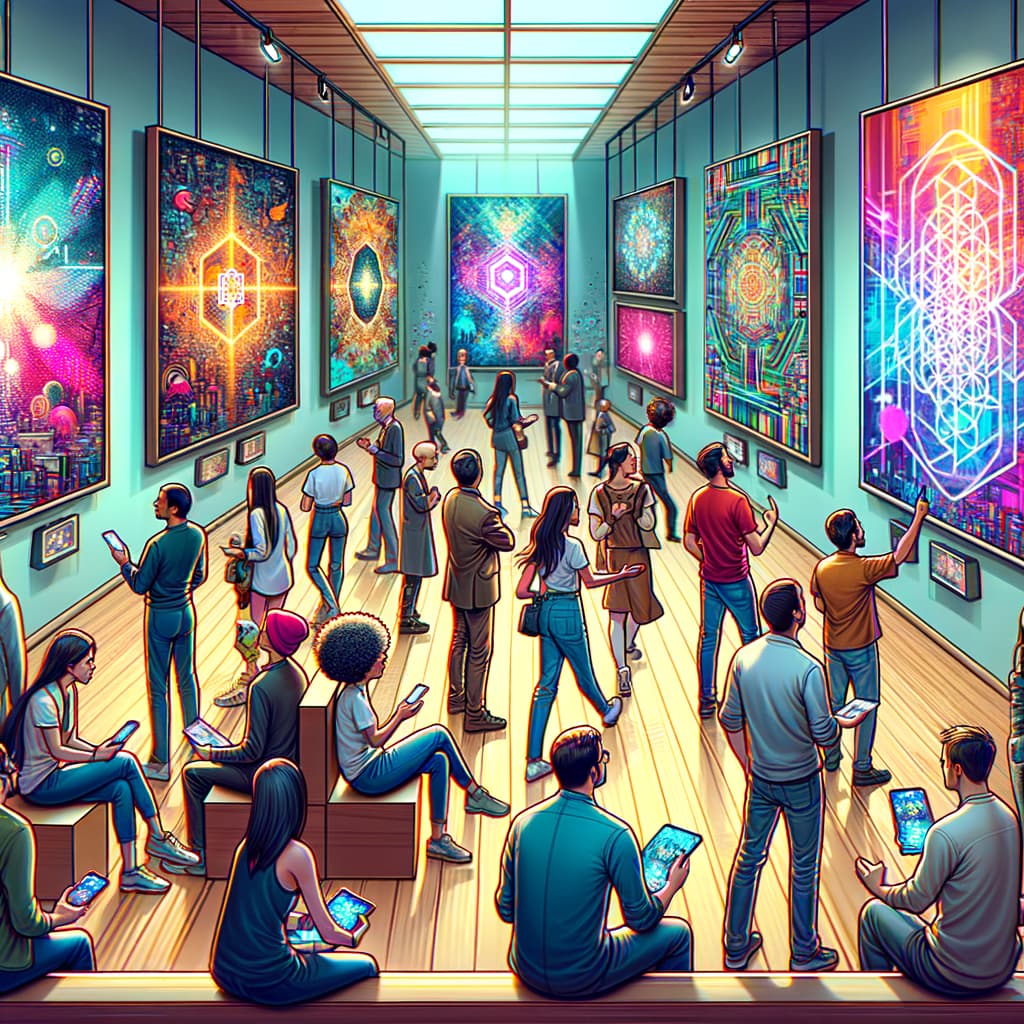
NFTs as Profile Pictures - PFPs🐸
Profile picture NFTs relate to users who customize their profiles with hobbies, interests, and perhaps a need for recognition and belonging to a group. These digital communities allow individuals to make new connections online, aligned with their interests. One could argue they help society creatively express itself.
The trend began notably with two pioneering projects: CryptoPunks and Bored Ape Yacht Club (BAYC).
- CryptoPunks started as free tokens and are credited for giving birth to the concept of generative art NFTs with PFP attributes.
- BAYC developed this idea and implemented random generation features that focused on their community.
How to Set Up Your NFT Profile Picture on X?
Here is an example of setting up your NFT profile picture on X. Once you have X Blue, setting up your NFT profile picture is pretty simple:
- Navigate to "Edit Profile":
- Click on your profile picture in the top-right corner to access the drop-down menu.
- Select "Choose NFT":
- Click on the ‘Choose NFT’ button within the menu.
- Connect Your Wallet:
- Link your wallet (e.g., MetaMask) to your profile.
- Select Your NFT:
- Choose the NFT you wish to use for your profile.
Music NFTs🎶
Music is loved by everyone, which is why emerging music NFTs are pretty popular. The conventional music industry, characterized by multiple tiers of intermediaries, hinders artists’ economic and creative independence. Music NFTs propose a new idea of distribution and sales by including fewer intermediaries and providing artists with higher earnings and increasing their direct audience engagement.
It enables musicians to release a limited number of digital albums that the fans can have on their own. Thus, for artists, introducing these fractional digital contents that could be sold at a higher price will lead to augmenting another income source.
Which Platform is Involved in Web3 and Music NFTs
Audius: A decentralized streaming service that operates like Spotify but runs on the blockchain, allowing artists to earn more by topping the charts without the big cuts platforms tend to take.
Phygital NFTs🏋
Phygital assets or phygital NFTs are products that have two sides, an NFT part and a real-world tangible counterpart. This pairing means that any object can be easily proven to belong to someone without doubt since all information stays reliably on the blockchain.
A few initiatives, including some still in progress, are working on technology to support phygital assets. For instance, some companies have included NFC chips that allow the inclusion of blockchain on objects. These chips ensure that people can access the details of the item and validate ownership through them, thus creating the real-world/virtual world connection.
Proof of Attendance Protocol (POAP) NFTs🔔
A POAP is an NFT that provides evidence of a person’s attendance at an event. It is frequently used for events like conferences, concerts, and any other important event to show that one has attended. A system that does not only record attendance but also celebrates an item that could be nostalgic, if not a collectible for some.
Display Your POAPs
Essentially, POAPs are used by the platform’s users to prove their activity in events and communities. They function as an online way to boast about attending enormous events that could become the next big thing.
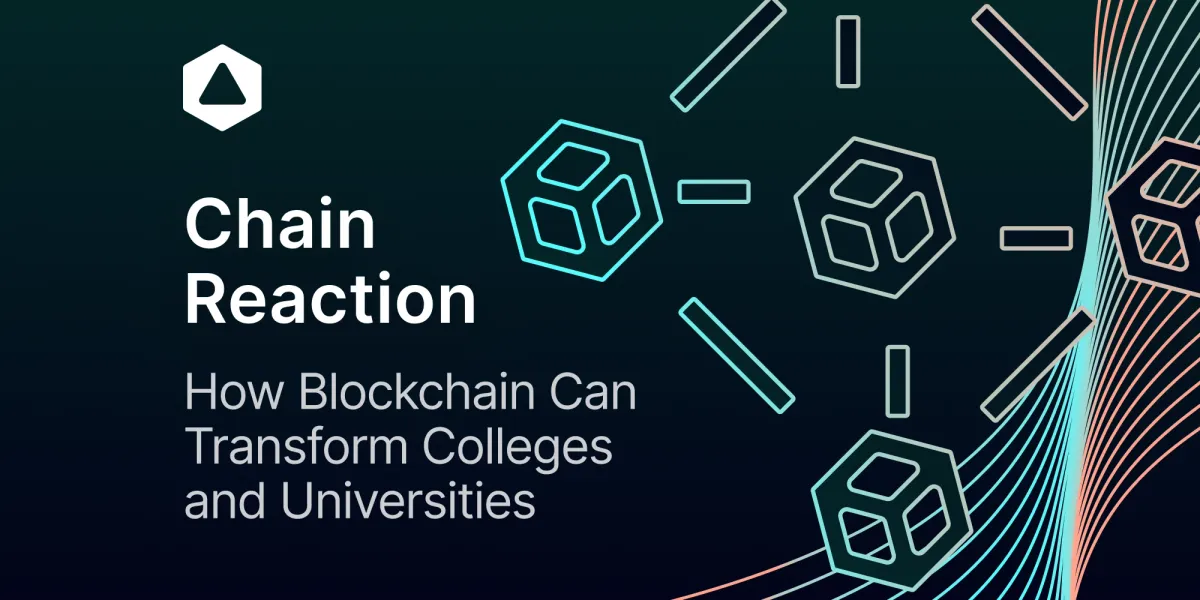
Use POAPs as Tickets
POAPs can be used similarly to tickets and grant access to specific events or communities. They can also be used for entertainment, where the holders of POAPs are allowed to participate in a lottery with each particular POAP granting one chance.
How Does POAP Work for Event Organizers and Attendees?
From the event organizer’s standpoint, setting up a POAP is easy. An organizer can visit the POAP website, create an event, and choose a digital badge that the attendees will receive.
This badge is a token attached to the blockchain system whereby participants can accumulate their tokens and store them in their wallets.
On the other hand, attendees will be provided with a unique claim code at the event for claiming their digital badge. This token is not just a verifier of attendance but could also be a souvenir that enriches the value of the user’s experience.
Fine Art NFTs🧑🎨
Fine Art NFTs are the really detailed and nuanced pieces that distinguish themselves from the rest. A coined name is NFTism which pertains to the community and culture associated with NFTs.
The idea of NFTs thus caters to some of the questions that artists have regarding the cloning of artworks and sharing of the clone without referencing the originator or paying the artist.
In essence, using NFTs makes art become unique and limited digital pieces that can only have one legal owner at once like traditional works of art. It assists in bringing credibility to digital art as a collectible and offers artists a fresh approach in the new complex market of digital art.
How Can Digital Collections Be Admired or Displayed?
At the moment, the available digital collections including NFTs can only be seen on devices such as smartphones or computer monitors. However, the biggest promise is in the maturing AR headset and other devices that are capable of projecting holograms into the physical environment. This makes it possible to design digital art in 3D like real sculptures.
Gaming NFTs🕹️
NFTs have great potential to disrupt the gaming industry since they make it possible to own the actual in-game assets. For instance, consumables bought in-game can be resold or traded in the same way as tangible commodities.
This may apply to games like World of Warcraft - WoW where an individual could own, sell, or trade their assets within the game without referencing the policies of the game developer.
NFTs enhance engagement and individual experiences in gaming through the possession of exclusive assets and possibly input in developing games. For example, acquiring unique items can impact the gameplay experience. Also, when players can provide some input into the game, even if small, it makes them feel part of the experience, and not just someone playing a game.
Transaction and ownership of assets in an NFT game are waiting to be done using blockchain. Many NFT games contain aspects of the cryptocurrency mining process and use game activities to mine tradable digital currencies.
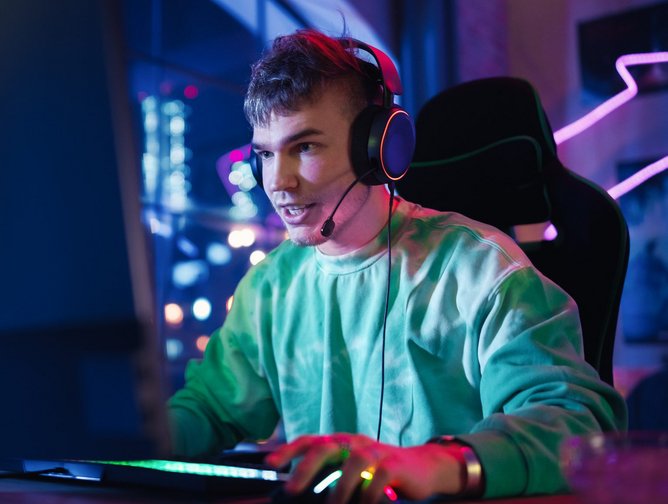
Event Ticket NFTs🎫
The application of blockchain in ticketing would mean tickets are created as non-fungible tokens, making each ticket unique and easy to track. This would provide artists with a way of making a percentage of their sales from the secondary market since scalpers would be unprofitable due to the reduced markup.
What Problems Do Current Ticketing Systems Face?
Old-school ticketing systems are mainly front-run by monopolistic organizations such as Ticketmaster that control the market. These service provision systems are generally associated with high convenience charges that the customers need to pay for every transaction regardless of whether they are simply a regular user or a scalper.
On top of that, these platforms provide artists with no cut of the profits from ticket resales – something that can run into unproportional levels.
With event ticket NFTs, resale prices of tickets can be controlled and artists can be paid residuals of any higher ticket price. This model lowers scalping’s appeal since artists will get a cut for subsequent sales. A new system would serve the purpose of providing artists with financial support and managing ticket prices for fans.
Identity NFTs🆔
The current system of identity verification is far from perfect. It includes scanning and sending copies of personal identification documents, passports or bank statements to whoever is asking. What happens with these or how legit it is, can sometimes be questioned.
On the other hand, manipulating a PDF or JPEG with fake details is not complicated and does not mean total credibility.
Therefore, NFTs are created to be immutable, which means any alteration or forgery of the digital token is even a possibility. A property that makes NFTs the perfect fit for representing and protecting personal identities.
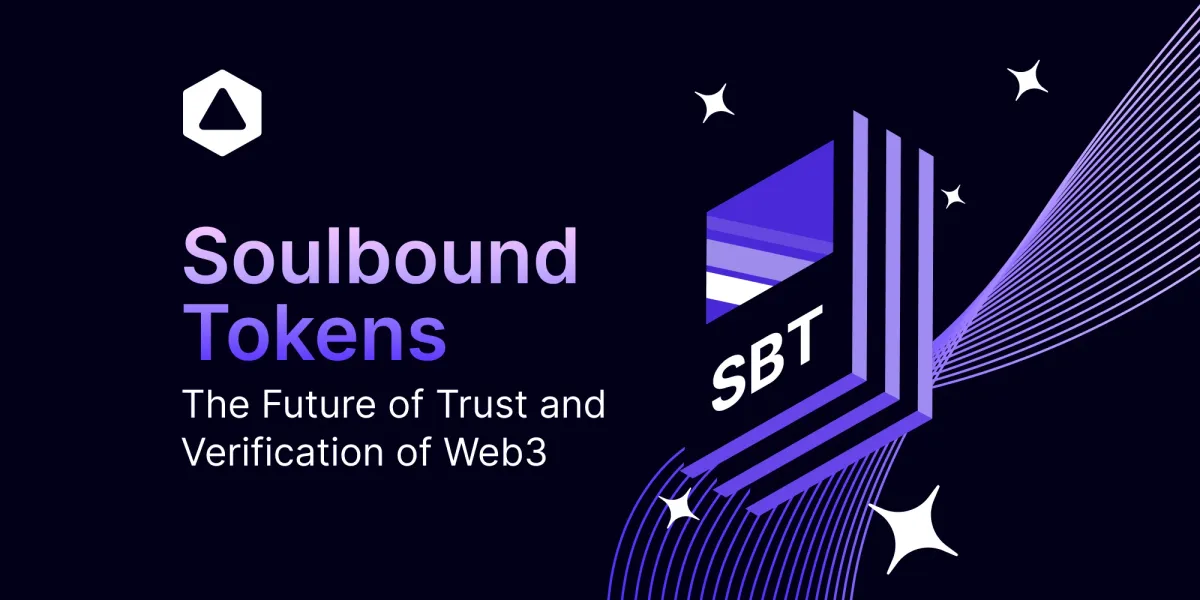
However, we are not there yet, as the digital environment presents certain difficulties regarding the credibility of certification. Conventional physical tokens such as identity cards or airline tickets utilize a system of security features including holographs or signatures.
Challenges Facing NFTs for Mass Adoption
While there are many use-cases of NFTs that have all demonstrated their potential to revolutionize digital ownership, their current forms may not be sufficient for mass adoption. The technology still faces several challenges that hinder its widespread acceptance, including:
- Complexity: Many potential users find the process of buying, selling, and storing NFTs too complicated.
- Environmental concerns: The energy consumption of some blockchain networks has raised sustainability issues.
- Regulatory uncertainty: The lack of clear legal frameworks creates risks for both creators and buyers.
- Volatility: The speculative nature of many NFT markets can deter risk-averse consumers and investors.
For NFTs to achieve mass adoption, the technology needs to evolve to address these challenges. This may involve developing more user-friendly interfaces, transitioning to more energy-efficient blockchain solutions, establishing clearer regulations, and creating NFTs with tangible real-world benefits or utilities.
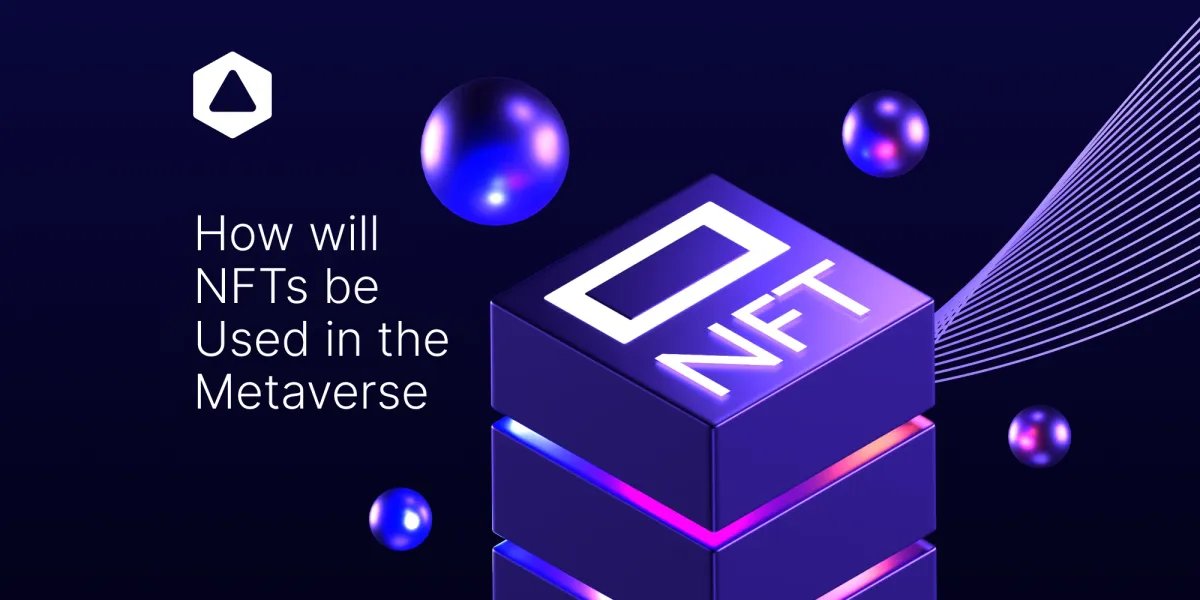
NFT's on Bitcoin with Bitfinity
Looking at recent history, we see that a massive NFT trend has emerged as a new form of experimentation on the Bitcoin blockchain. Projects like Bitcoin Ordinals and Runes allow images, text, and other media to be inscribed onto specific satoshis, creating digital collectibles and assets with proof of ownership on Bitcoin.
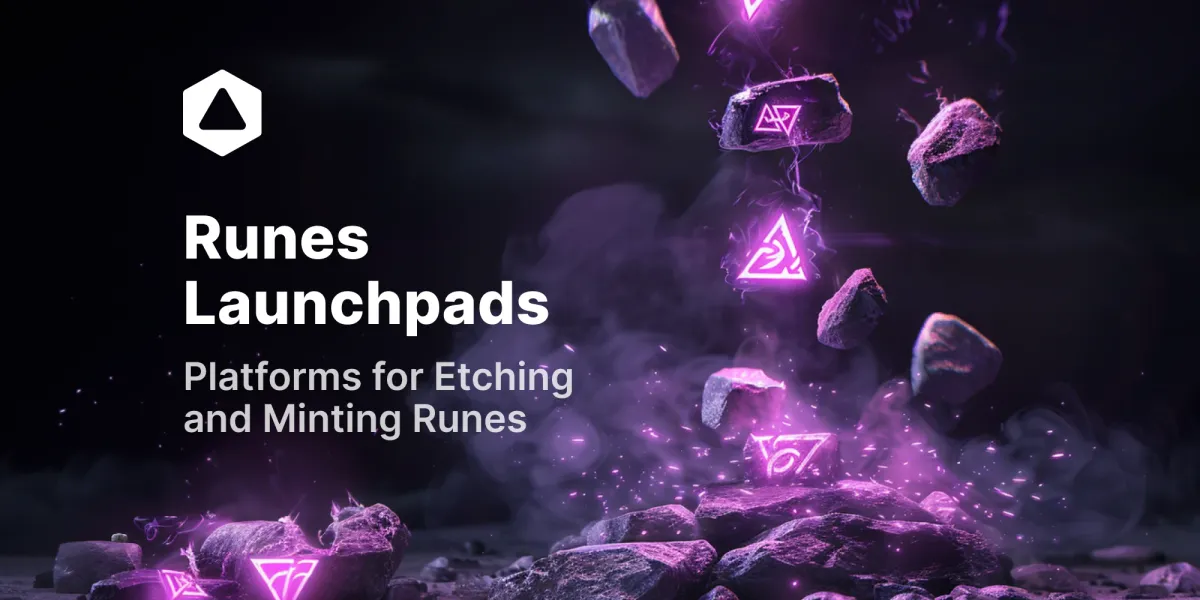
This is where Bitfinity comes in. By bringing the Ethereum Virtual Machine, with the Bitfinity EVM making it compatible with ERC-20 tokens and all Dapps of Ethereum to Bitcoin, Bitfinity can enable a whole new world of experimentation with NFTs in gaming, decentralized finance, and more.
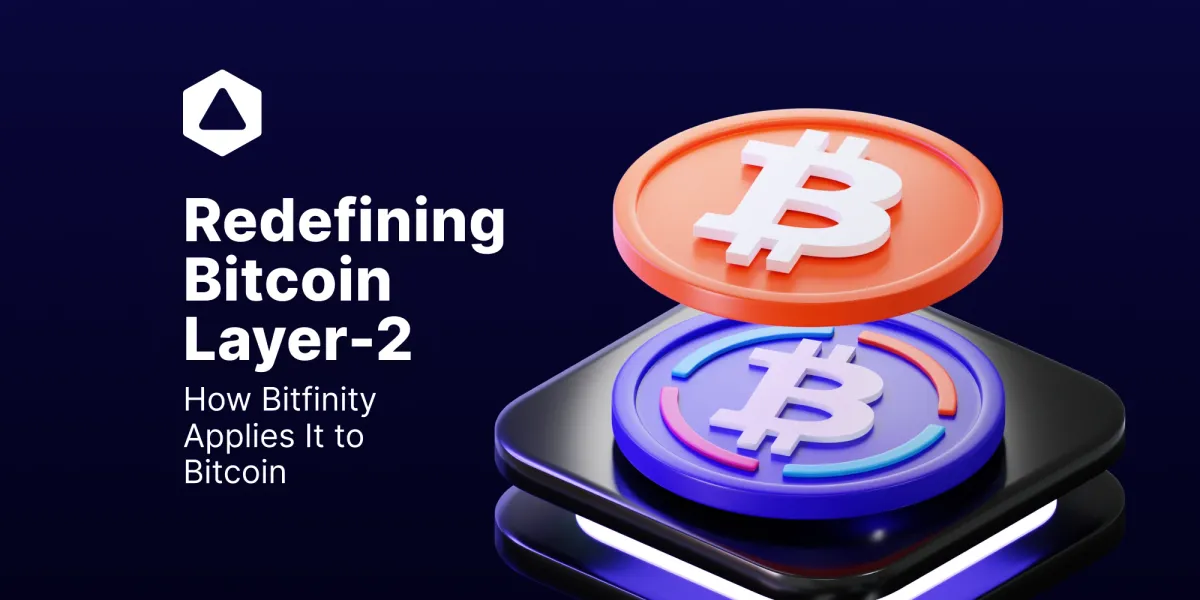
For example, popular Ethereum NFT applications or collections could seamlessly bridge onto Bitcoin while still using smart contracts for governance and royalties.
Bitfinity provides the infrastructure and tooling to make Bitcoin programmable at scale. This allows developers to tap into Bitcoin's unparalleled security and liquidity while building censorship-resistant decentralized apps that use one of the many new use-cases of NFTs.
Conclusion
It's fair to say that although the popularity of NFTs has fallen to the ground, the ownership of digital assets has provided more new opportunities than one could imagine. New possibilities have emerged as to how scarcity and ownership of digital assets can be proven and secured on the blockchain, within some major industries such as art and entertainment, real estate and, of course, finance.
It is difficult to pinpoint how long it might take before NFTs are part of mainstream consumption, but if depends on coming to the Bitcoin blockchain, it will be rather sooner than later, with Bitfinity.

Connect with Bitfinity Network
Bitfinity Wallet | Bitfinity Network | Twitter | Telegram | Discord | Github

*Important Disclaimer: The information on this website is provided for general informational purposes only and should not be considered financial advice. While we strive for accuracy, Bitfinity does not endorse and is not responsible for any errors or omissions or for results obtained from the use of this information. Views expressed herein may not reflect those of Bitfinity. External links are provided for convenience and verification of information is recommended before taking any actions based on content found here.







Comments ()